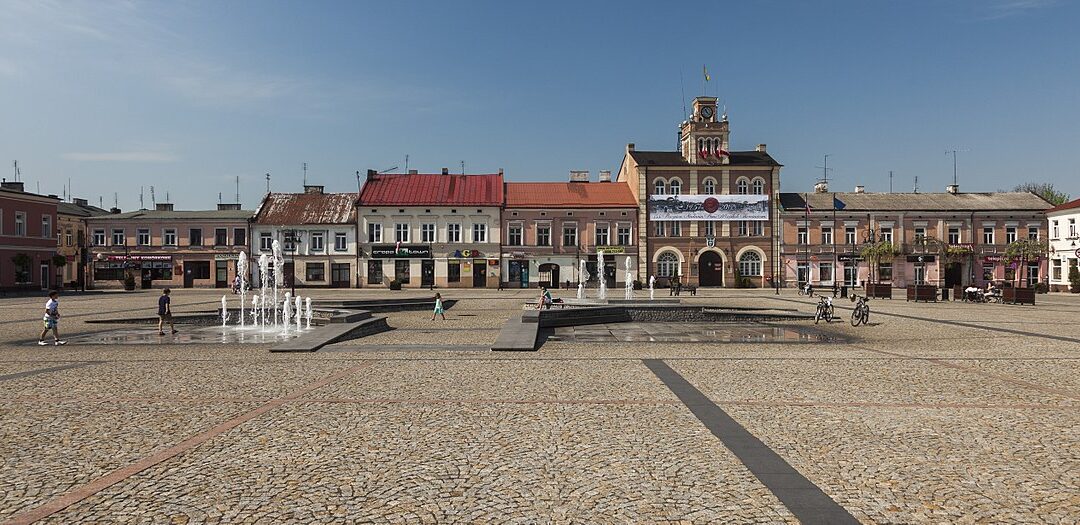Poland’s government has announced that a scheme providing small towns with funding to reduce concrete spaces, increase greenery and improve water retention will launch next month.
Recent years have seen many Polish municipalities remove greenery and replace it with concrete or other similar materials. The trend has been labelled betonoza (“concretitis”) by critics, who note that, as well as being less aesthetically pleasing, concrete worsens water retention and increases temperatures.
Residents, activists and architects are finding ways to treat three "diseases" that blight Poland's cities: "concretitis", "advertitis" and "pastelitis".
Little by little, they are healing an urban landscape scarred by history, writes @AlicjaPtak4 https://t.co/IltIpemG3o
— Notes from Poland 🇵🇱 (@notesfrompoland) August 1, 2022
Speaking yesterday to Polish Radio, climate minister Anna Moskwa revealed that “in August we will announce a call [to provide funds]…for small towns of up to 50,000 inhabitants to de-concrete, to develop green spaces”.
“This is a pilot programme, where we also want to collect good ideas from local authorities,” she added. “Step by step, we will be transferring more and more of these funds.”
“A green space – a non-concrete, breathable surface – is a natural need, and this awareness is growing,” said the minister. She underlined, however, that the return to green spaces in cities “will take some time”.
During hot weather, concrete can heat up to dangerous temperatures – as shown by urban activists who have cooked eggs on surfaces of town squares to highlight the problem. Removing trees and other greenery, meanwhile, reduces natural shade.
A Polish town in climate and water crisis be like:
🥵 lays concrete as far as eye can see
🥵 gets unbearably hot
🥵 wastes precious water 💦 to cool the place it has made hot with the concrete pic.twitter.com/Lbj0QkLT7S— Wojciech Kość (@WojciechKosc) July 3, 2022
Concrete is also less resistant to flooding, as it prohibits water from naturally soaking into the ground. As part of the government’s initiative to remove concrete, it will also focus on improving water retention.
Built-up, dry and heated surfaces also increase the amount of dust and harmful substances in the air, worsening the health of residents, notes the climate ministry. Poland has some of Europe’s worst air pollution.
The ministry hopes that the programme will help to reduce the use of concrete and asphalt in city centres. Instead, local authorities are encouraged to plant trees and shrubs and to create “micro-parks” as well as green walls and roofs
In February, the Puls Biznesu daily reported that the government is planning to spend around €870 million – using EU environmental funds – on its effort to reduce concrete, increase greenery and improve water retention.
Across Poland, local authorities are cutting down trees – some over a century old – for "safety" reasons.
However, scientists and activists criticise the practice, saying it is not only unnecessary but also exacerbates the problems of climate change https://t.co/9rEL8P2KAP
— Notes from Poland 🇵🇱 (@notesfrompoland) October 2, 2020

Notes from Poland is run by a small editorial team and published by an independent, non-profit foundation that is funded through donations from our readers. We cannot do what we do without your support.
Main image credit: Piotr Kożurno / Wikimedia (under CC BY-SA 3.0)

Alicja Ptak is deputy editor-in-chief of Notes from Poland and a multimedia journalist. She has written for Clean Energy Wire and The Times, and she hosts her own podcast, The Warsaw Wire, on Poland’s economy and energy sector. She previously worked for Reuters.



















